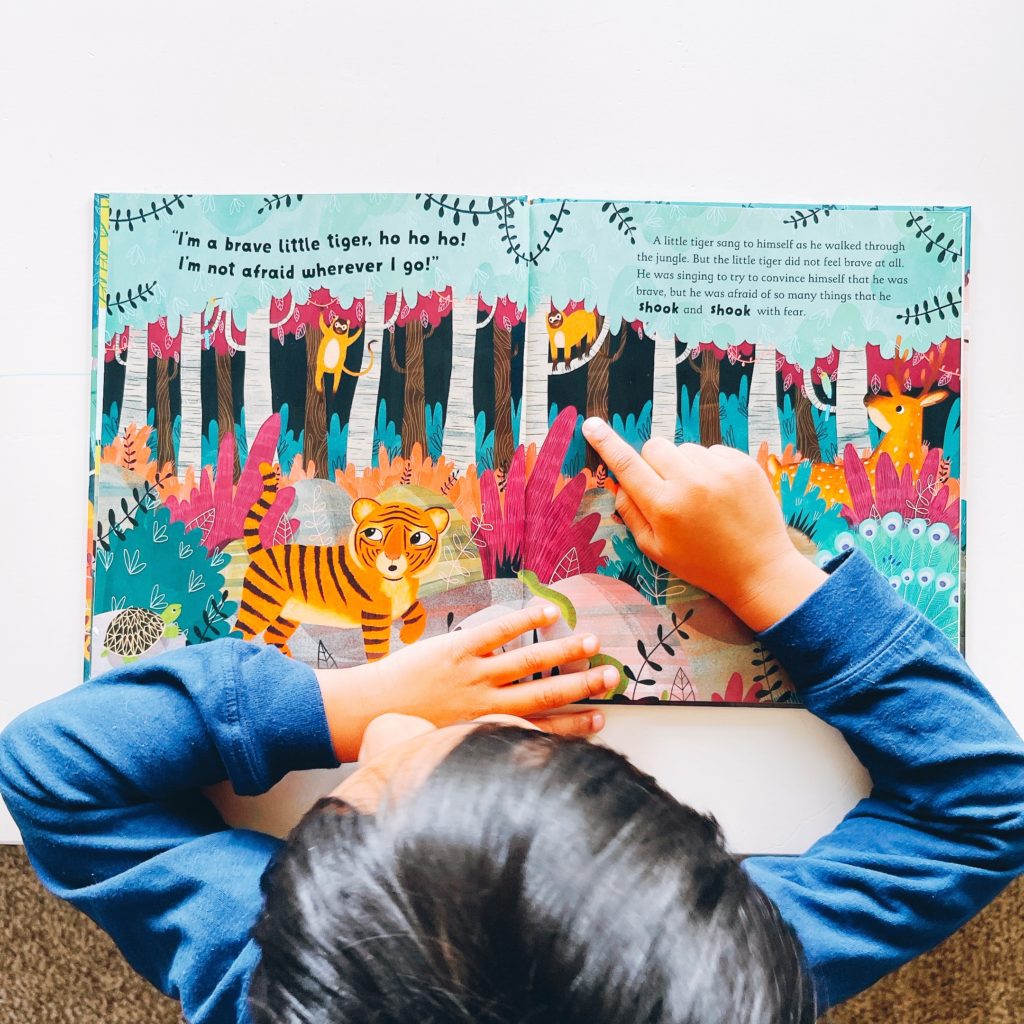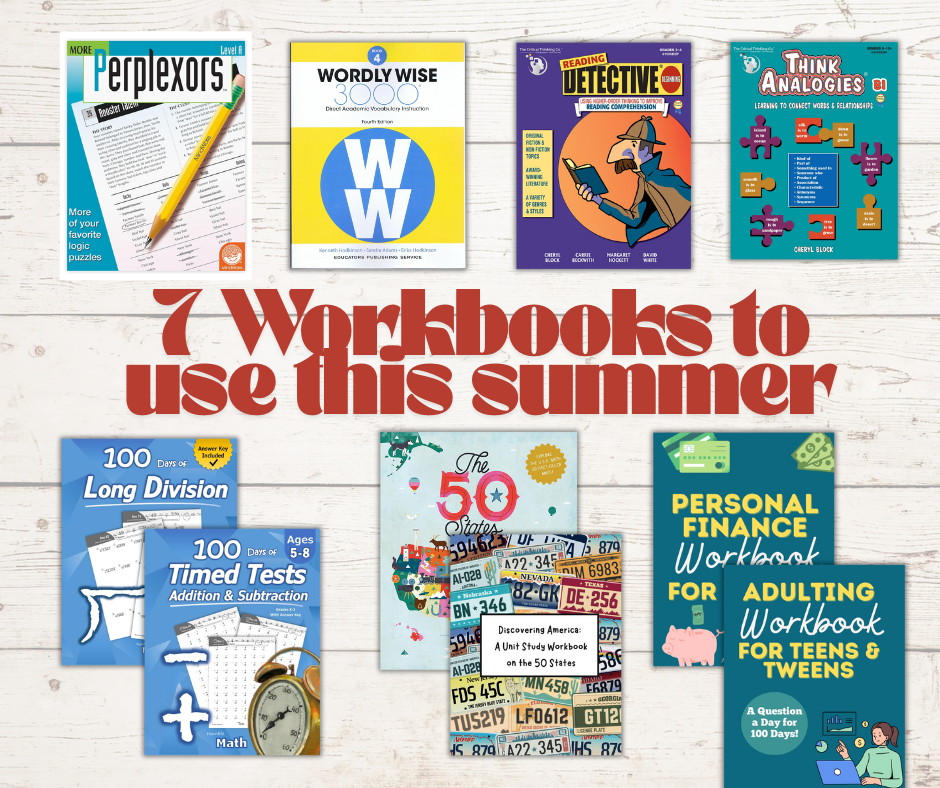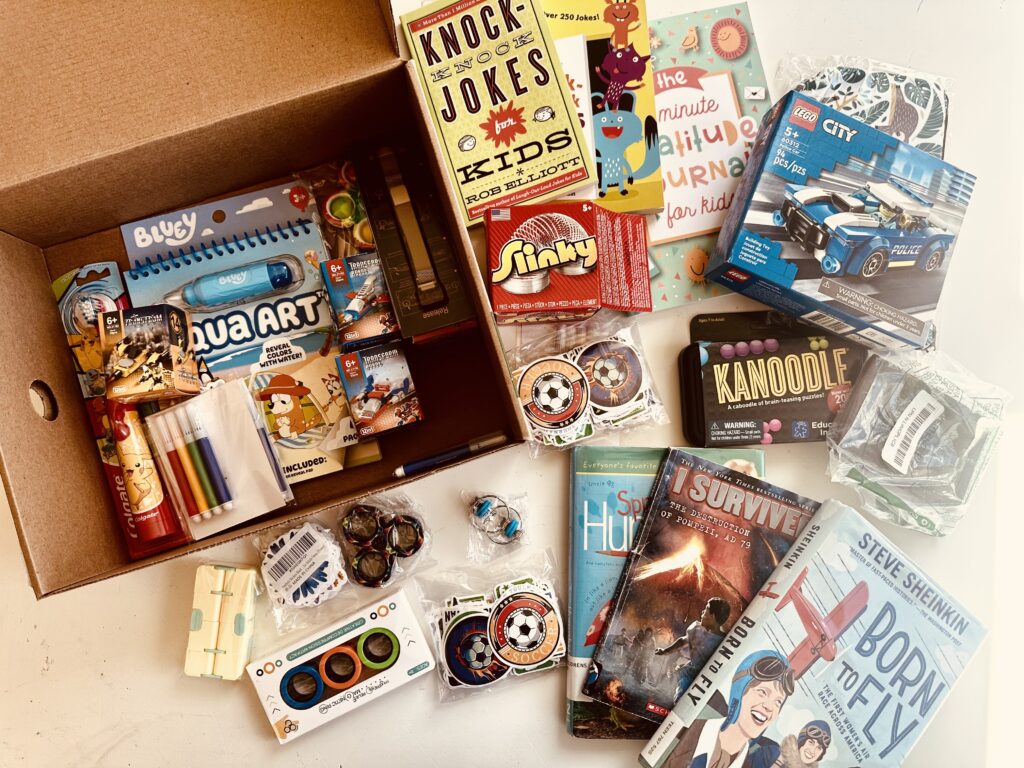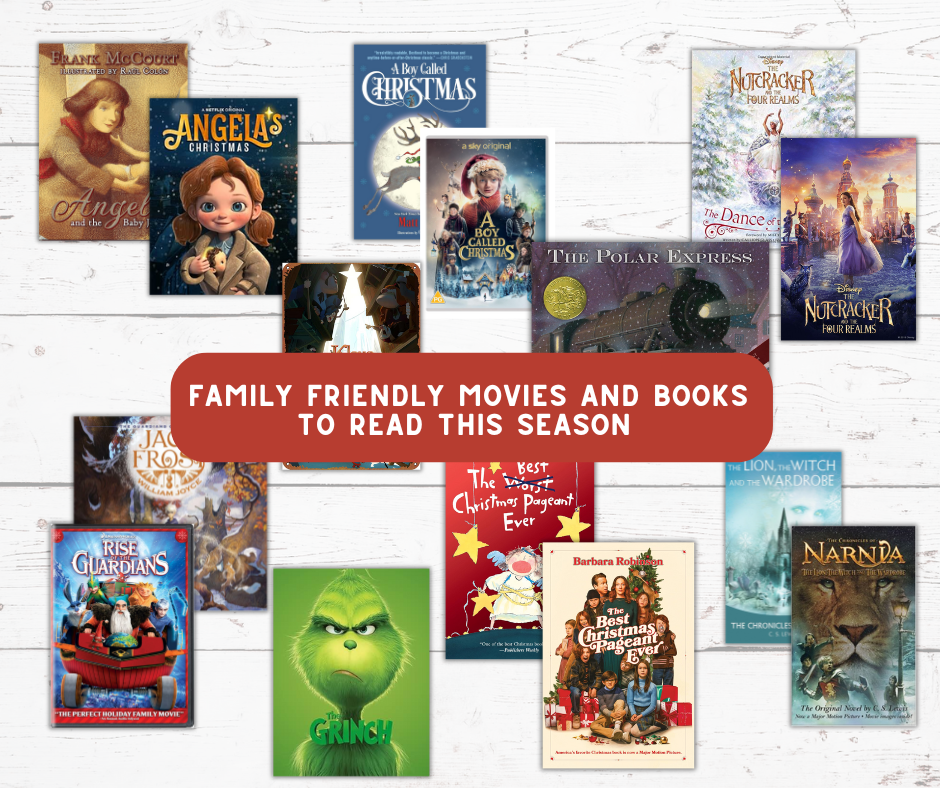Have you ever read to your toddler and found them disinterested in the book?
Do you find your child jumping off your lap to do something else while you are reading a book?
Does your child want to turn pages and skip the reading altogether?
Do you have trouble engaging your child in a book?
Does your child not have an interest in reading books?
If you have answered yes to any of these questions, you need to keep reading this post.
I have spent many moments with my youngest, who consumes books with all his heart and soul. He can sit through several books at one time and will give up play and fun to read. On the other hand, my middle kid will give up anything to play sports and go on adventures. Reading is not one of those adventures. However, he loves his reading time with Epic (a reading app) and gets excited when a quiz accompanies a story. My oldest devours books independently and can read a couple of chapter books in one day. Each one has a different excitement for book reading, but no matter what, when we engage in conversation with a book, reading is enjoyable to all of them no matter the time spent doing it.
It is not about the quantity of time you make to read to them, or a fixed schedule, or a read-aloud plan. It is about finding time to read when they want to and when you can. Sometimes, having dedicated reading time for the entire family can be a great way to encourage reading at home. I used to do that when I was homeschooling all three kids full-time. Since my oldest went back to school, my youngest takes his naps, and my middle has afternoon dedicated reading time with Epic. It is entirely ok to outsource reading to read-aloud books as well. But sometimes, it is not possible to do any of it; in that case, do it organically and remember that however much time you spend in front of them, make it impactful.
The key is to get kids in front of books, where they can listen and interpret the meaning. There is significant brain activity when engaging in reading versus watching an animated video only (TV/YouTube). You can read the full study here done by Dr. John Hutton from the Reading and Literacy Center at Cincinnati Children’s Hospital. You can also listen to a podcast from the read-aloud revival where Sarah MacKenzie interviews Dr. Hutton on the effects on the brain when reading aloud. Understanding the science and research behind reading can sometimes force us to engage and prioritize the activities that matter to our kids.
Let’s talk about what this post is really about – Dialogic Reading.
What is dialogic reading?
The Merriam-Webster Dictionary defines ‘dialogic’ as ‘relating to dialogue’. When you apply this to reading, it is essentially having a dialogue with your child while reading books. The dialogue is a back and forth discussion that you have with your child about the book’s contents; it could be a discussion about what you read, the pictures, or how your child is feeling about the stories or their thoughts on a certain matter. It could be about the character in the book or the moral of the story. If you open your mind and start to dive into the books you read, you will find a world of imagination, an adventure beyond the book, and a connection of a lifetime.
Why dialogic reading?
It is rare to find a child who will sit still while reading a book. If they are not ready to jump off your lap to dive into their next adventure, you may consider yourself lucky enough to have your child’s full attention. There are studies that have shown that kids who fidget, tend to listen better, and as long as kids are engaged with their hands, they are not bored making them likely to listen better. Sarah Mackenzie from The Read-Aloud Revival has a podcast on how to engage kids while doing read-alouds. Click here to access it. She also refers to the book Fidget to Focus: Outwit Your Boredom: Sensory Strategies for Living with ADHD which has been on my list to read for a while.
I recently found an article called, The surprising science of fidgeting that quotes, “Cognitive research suggests that fidgeting is associated with how stimulated we are. That is, fidgeting may be a self-regulation mechanism to help us boost or lower our attention levels“
No matter whether your child fidgets while reading, I’m here to tell you there is another way you can grab their attention when reading aloud, especially with little ones – Dialogic Reading. The intent of dialogic reading is many and I’ve just listed a few off the top of my head –
- to keep your child engaged in reading
- to develop early reading and listening skills
- to build language skills of communicating clearly
- to expand their vocabulary
- to build knowledge of the world/background knowledge
- to develop a love for reading (key to building early independent readers)
How to do it?
Now that you know what it is, here are some ways you can do it.
Ask lots of questions
The best way to engage with your child is by asking lots of questions. You can start with simple questions.
- It could be yes or no questions if your child has a limited vocabulary or is beginning to speak. For example: Let’s take the book “Bunny’s Noisy Book“, by Margaret Wise Brown. In the first page you can ask – “Is the bunny awake? Yes or no?” In the next page you can ask, “Is the bunny awake now? Yes or no?”
- You can provide multiple options. How do you think the cat felt? Hungry or sleepy?
- Try to keep the questions open-ended: If your kid is able to communicate with more words, go ahead and ask those open ended questions. Make sure your child is speaking in full sentences. It is great practice for listening and reading comprehension, critical skills for fluent reading. Try questions like – Why is the cat looking so tired? Why do you think the boy is sad? Where is his mama? What do you see in this picture? What did you like most about this character?
Ask Follow Up questions
Now that you have started to engage in dialogic reading ask your child follow-up questions. Sometimes your child will interrupt you with a thought while reading. Go ahead and engage in that discussion and ask follow-up questions to that as well.
Let’s say you are reading the book, “What should Danny do?” by Adit and Ganit Levy. When Danny gets to a point in his day, he needs to make a choice that your child gets to pick. Once they have made a choice, you can follow up with, “Why did you make that choice?” That could lead you down an unexpected conversation.
Wow factor response
Make your child feel special when engaging in dialogue. Applaud their observations. Children love positive reinforcement and will be excited to continue a conversation with you. Show them that you are impressed with their ideas or questions. You can say things such as:
- Wow!
- That sounds interesting!
- What a great question!
- What an awesome observation!
- That is so cool!
- You are so sharp at observing!
- What a neat idea!
Make Inferences
Get your kid involved in inference and debate. For example, in the book ‘Goodnight Moon’, by Margaret Wise Brown, you can ask them “Who is the Old Lady whispering hush?” They may say it’s grandma because the book refers to old, or they may say it is mommy or even a babysitter. There is no wrong answer.
Make an inference different than theirs, and engage in a little debate about their take versus yours.
Ask them to make an inference of what might happen or what could be in the next chapter of the book. This can be so fun. For example, in the book ‘Good Night Little Blue Truck‘, by Alice Schertle, the Little Blue Truck dropped off his friends after the scary storm. You can go on to make up what happens next – “But soon they came back because the storm had returned.” Have you ever thought of that ending? Try it out with your child.
Conclusion
I have learned a lot when reading with my kids. I learn new words every day; I learn facts from non-fiction books; I know the names of dinosaurs and crazy bugs that I don’t care for because of it. Imagine what your child is learning and the brain activity involved in building up their memory, vocabulary, and early literacy skills. I encourage you to try one book a day and try dialogic reading. Your kid may just fall in love with reading and force you to as well.
(Any links in this post are Amazon affiliate links. If you purchase through them, I’ll receive a small commission with no additional cost to you. )



